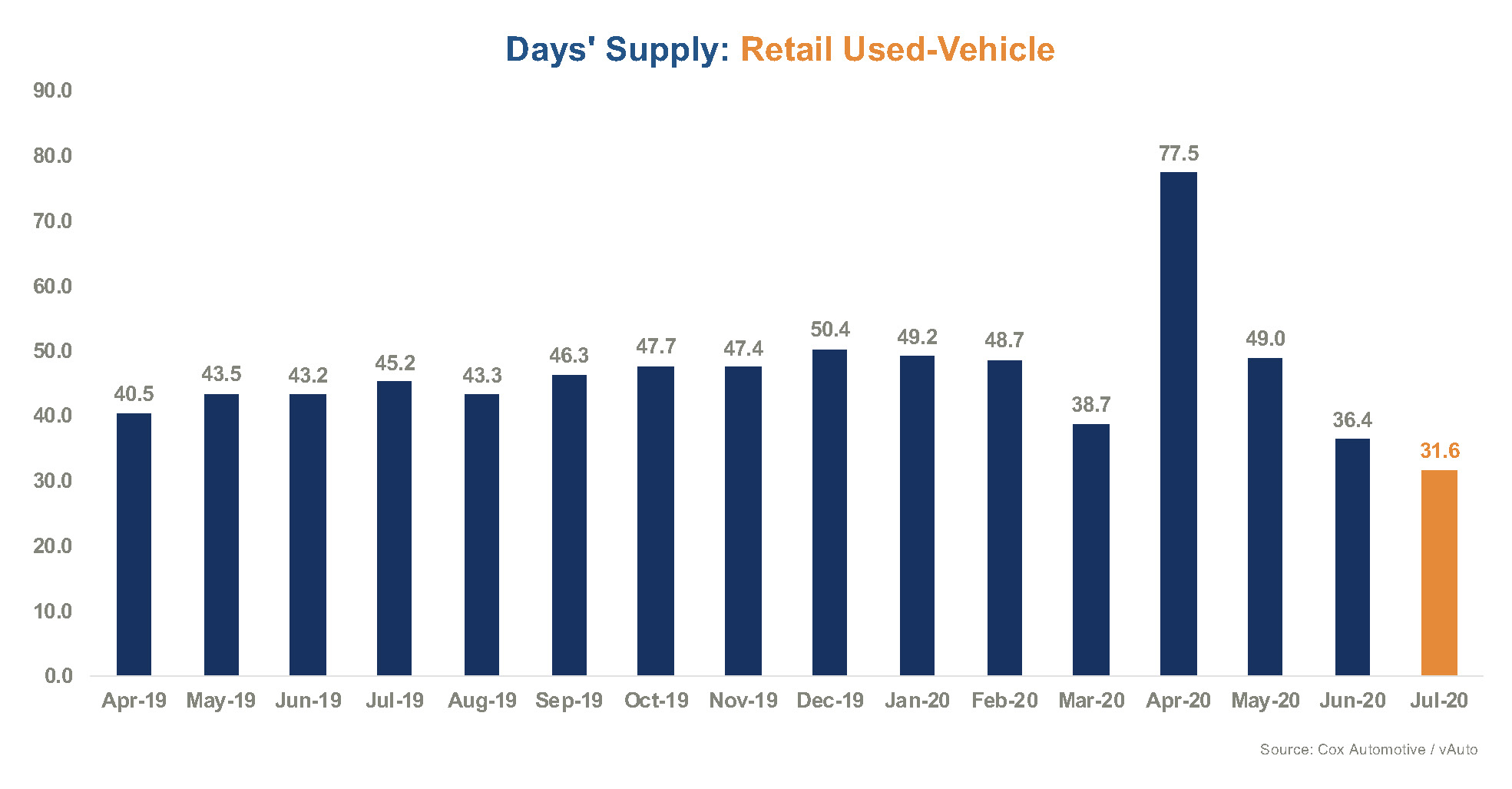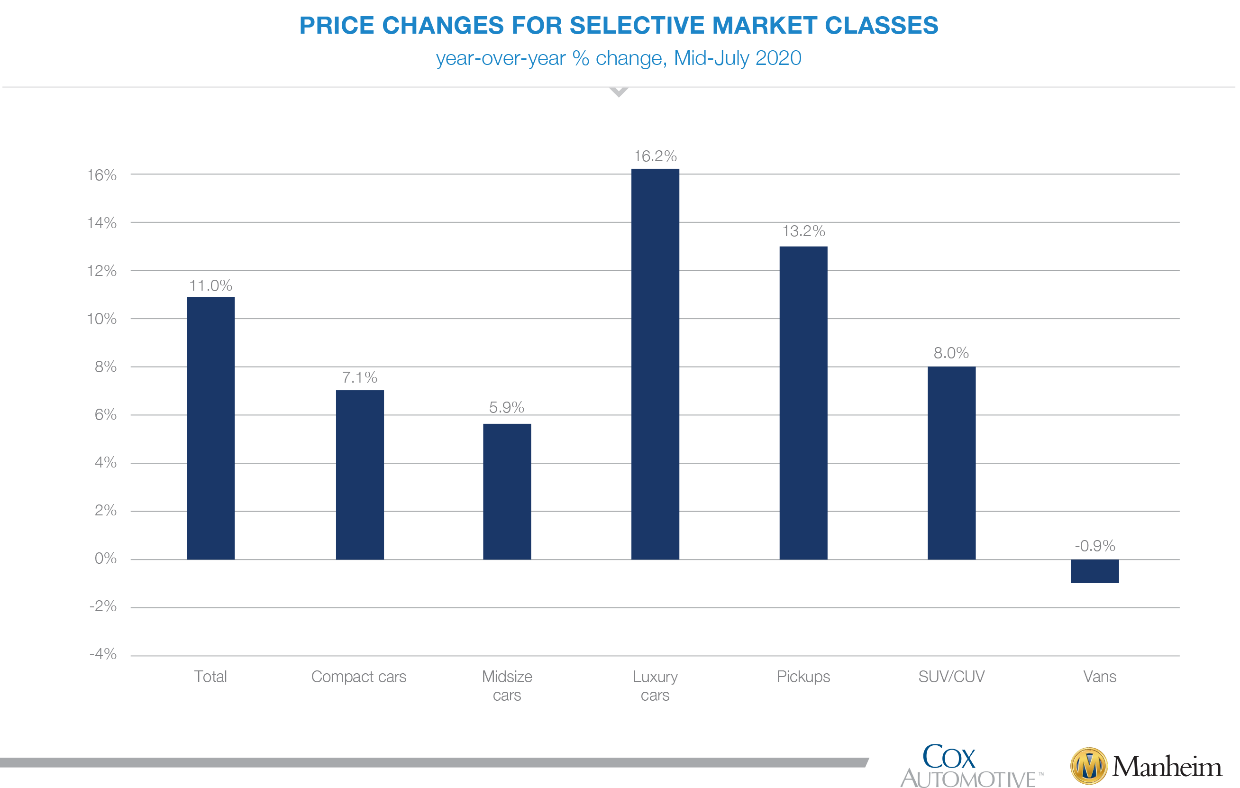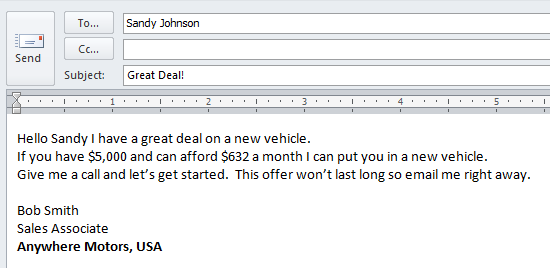Homebuyers Moving to Suburbs Means Mail Opportunity
For years, we saw the decline of suburban neighborhoods as millennials, in particular, gravitated toward urban cores. Now, due in part to the coronavirus pandemic, we’re seeing more buyers moving to suburban areas. A growing subset of the population is looking to escape densely-populated city areas.
In this post, we will examine how this shift represents an opportunity for dealers, as well as how you can use direct mail to capitalize.
Data Reveals a Shift in Urban vs. Suburban vs. Rural Preference
According to a recent Redfin report, pending sales increased 6.3 percent in rural areas, 9.1 percent in suburban areas, and 5.6 percent in urban areas year-over-year during the four-week period ending Aug. 2. Actual sales declined at twice the rate for urban areas versus suburban areas during the same time period.
Dealers can consider targeting suburban zip codes that are growing. For some residents, moving from the city to the suburbs represents a new need for car ownership. For others, longer commutes represent an increased need for regular maintenance and repairs. Direct Mail from Prospect Vision can combine service and sales to help customers in both of these areas at the same time.
The Pros of Postage
You’re looking for results, and direct mail gets them. In fact, according to the ANA / DMA Response Rate Report 2018, direct mail achieves a higher response rate than any direct digital marketing medium – including email, paid search, online display, and social media. The “whys” of that statistic are varied, but they all make sense when you think about today’s marketing environment.
Electronic Overload
Consumers are constantly inundated with digital media messages. From overflowing inboxes and an endless feed of TV and radio to targeted social media ads, your customers are exposed to a constant flow of electronic information. Once saturated with these messages, they may be less likely to read your email, absorb your commercials, or act on your dealership’s calls to action.
Filtered Competition
Marketing mail volume has been on a downward trend over the past several years, according to statistics by the U.S. Postal Service. What does that mean for your dealership? There’s more room for your direct mail messages and less competition for your customers’ eyes at the mailbox. Getting access to a potential customer’s undivided attention even for just the few moments it will take to scan the ad is an invaluable edge.



